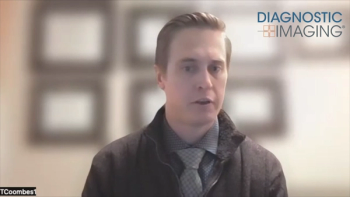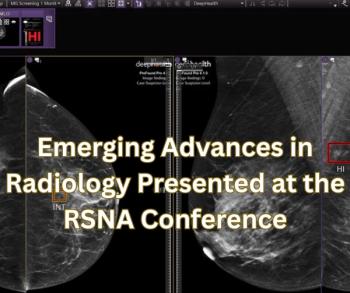
Healthcare reform continues to bedevil pundits and practitioners
As the reporter for this month's cover story, I approached the topic of healthcare reform with trepidation. The article was researched and written in July and August-a sliver of time that seemed possibly too early to perform a relevant analysis.
Now in my 17th year with Diagnostic Imaging, I witnessed the last great reform debate. That experience taught me how unpredictable the process can be. In 1993, no one anticipated that the complex universal healthcare plan supported by Bill and Hillary Clinton would fail totally. Few could see then that Republican minority leader Newt Gingrich would leverage public frustration about the plan into his "Contract with America" to wrest control of the Congress in the 1994 election.
Nobody could have envisioned that the failed debate would lead to an era of managed care, integrated healthcare systems, and an economic recession for medical imaging devices that would bring sweeping consolidation and an end to many innovative single-modality companies.
The future in 2009 and beyond is no more apparent as I write this column now, the day after Hillary Clinton signaled at the 2008 Democratic convention that universal healthcare will again become a priority if Barack Obama is elected. But I think our coverage in this month's issue will help you make sense of the coming debate.
There is no substitute for experience, and it proved invaluable as I chose pertinent facts to report and identified hyperbole to set aside. Our experience will continue to serve us as we continue to cover this evolving story.
James Brice is senior editor of Diagnostic Imaging.
Newsletter
Stay at the forefront of radiology with the Diagnostic Imaging newsletter, delivering the latest news, clinical insights, and imaging advancements for today’s radiologists.




























